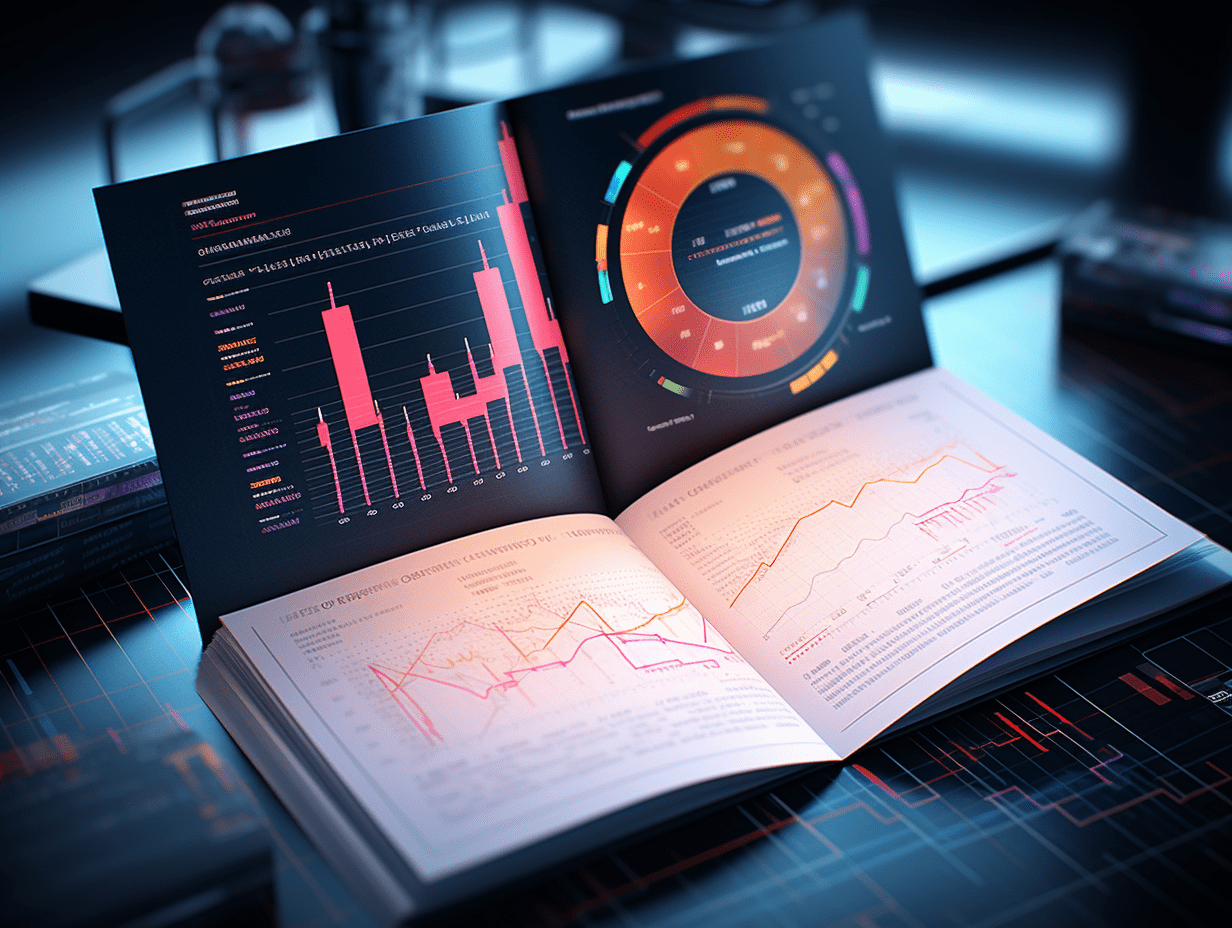The world is changing fast! Six months ago, a 15% tariff would have scared the market, but now it is actually good news.
15% tariff? Better than 25% at least.
The logic of global trade game is being reshaped. Once, imposing a 15% tariff on major trading partners was enough to trigger deep market concerns, but now, this rate, once considered extreme, has become a result that investors and the business community can accept, even celebrate.
The latest example is the trade agreement between the United States and Japan. According to the agreement, Japanese goods exported to the U.S. will be subject to a 15% tariff. This rate is much higher than the level before Trump took office, but in the context of avoiding the 25% punitive tariffs that were set to take effect next week, the market interpreted it as a significant positive development.
After the news came out, global financial markets responded positively. The Nikkei 225 index in Japan jumped 3.5% on Wednesday, with stocks of car manufacturers Toyota and Honda soaring 14% and 11% respectively. At the same time, the yield on Japanese 10-year government bonds also significantly increased. The market's enthusiastic response clearly indicates that in the current environment, certainty itself commands a premium, even if that certainty means higher trade costs.
This shift not only impacts U.S.-Japan bilateral relations, but also sets a new benchmark for future global trade negotiations. Analysts point out that the 15% tariff level may be the best result that other major trading partners of the U.S., such as the European Union, can expect, signaling that global trade is officially entering a new normal of high tariffs.
15% as the new bottom line for tariffs
Driven by the Trump administration, the market's "psychological threshold" for tariffs has fundamentally changed. Financial markets and manufacturers seem to have accepted that double-digit tariffs are the new reality, and compared to the possibility of worse outcomes, this is not unbearable.
"The 15% tariff rate in the U.S.-Japan agreement seems to roughly establish a new global tariff bottom line," wrote Tobin Marcus, Director of U.S. Policy and Politics at Wolfe Research in a report. He believes that for the EU, this may be the best outcome they can hope for, while other Asian countries may ultimately see tariff rates in the 19% to 20% range, as recent agreements have shown.
A notable example is the agreement reached between the U.S. and Indonesia. According to the agreement text released on Tuesday, Indonesian goods exported to the U.S. will be subject to a 19% tariff, which is higher than the level earlier this year, but much lower than the 32% threatened earlier in the year. White House officials also acknowledge this dynamic, implying that the final tariff rates that some countries will receive will be lower than the levels the government originally could have imposed.
Why the market "breathed a sigh of relief"
Investors view a high tariff agreement as a positive development mainly because it eliminates a larger uncertainty. As Chris Krueger, policy analyst at TD Cowen, put it, the "Overton Window" of policy - the range of policies deemed acceptable by the mainstream public at a specific time - has shifted. "A 15% tariff on the US's fifth largest trading partner? Better than 25%."
For Japan, this agreement eliminates a significant downside risk to its economy, namely a steep decline in U.S. demand due to ultra-high tariffs. According to Morgan Stanley economist Ayako Fujita's analysis, a stable trade environment will make the Bank of Japan more comfortable when considering a rate hike in the fall.
This sentiment is directly reflected in asset prices. The surge in Japanese government bond yields indicates that investors expect Japan's economic activity to remain on track, creating conditions for the central bank to tighten monetary policy.
Japan may be a winner in the long term?
From a longer-term perspective, this agreement may even benefit Japan. Investors believe that a stable trade outlook will support Japan's automotive and other export industries.
Ayako Fujita pointed out in a report, "The agreement increases the likelihood of Japan's effective tariff rate being lower than that of its competitor countries. If this is true, it could even be a long-term positive for Japan's manufacturing industry." The significant increase in the stocks of car companies like Toyota and Honda is a direct bet by the market on this logic.
Variable gains for the U.S.
However, what tangible benefits the U.S. can gain from this deal are still unclear.
While countries like Japan, Indonesia, and the Philippines have indicated that they will open their markets to U.S. exporters, it is still unknown whether consumers in these countries have enough demand for goods produced in the U.S.
Additionally, President Trump has claimed that Japan will invest up to $550 billion in the U.S., with the U.S. receiving 90% of the profits. But how this massive investment will materialize is still lacking specific details. For investors, the actual value of these promises remains to be seen.
This article is reprinted from "Wall Street News," author: Pan Lingfei; GMTEight editor: Huang Xiaodong.
Related Articles

The US and Japan have different opinions on the "550 billion US dollar investment": Trump calls it a "signing bonus", while Japan says "America has to pay as well"

Hong Kong Tourism Board: Approximately 24 million visitors traveled to Hong Kong in the first half of the year, a 12% increase compared to the same period last year.

ECB Executive Board member Cipollone: Economic "contradictory signals" intertwined, interest rate decision needs clearer guidance.
The US and Japan have different opinions on the "550 billion US dollar investment": Trump calls it a "signing bonus", while Japan says "America has to pay as well"

Hong Kong Tourism Board: Approximately 24 million visitors traveled to Hong Kong in the first half of the year, a 12% increase compared to the same period last year.

ECB Executive Board member Cipollone: Economic "contradictory signals" intertwined, interest rate decision needs clearer guidance.

RECOMMEND

After Eight Consecutive Rate Cuts, the European Central Bank Pauses as Expected; Future Policy Direction Remains Murky
25/07/2025

U.S. President Makes First Official Visit to the Federal Reserve in Nearly 20 Years—What Did Trump and Powell Say?
25/07/2025

New Categories of Air Conditioners in Short Supply, Sales of Ice-Packed Handheld Fans Surge, China’s “Cooling Big Four” Explode in Popularity Across Europe
25/07/2025


